As a member of the Vintage Camera Collectors group on Facebook, the most common “new member” post is from someone who in one way or another, has acquired an old camera and wants to know what it’s worth. Perhaps it belonged to their grandfather or some other distant relative, or perhaps they picked it up at a flea market or garage sale, but somehow these people have an old camera and want to know what it is worth.
There is an easy and a not so easy way to answer that question. I’ll start with the easy…
…something is only worth what someone else is willing to pay for it.
If you’re looking to sell something at an auction or on eBay, I’ll revise my answer and say…
…something is only worth what at least two other people are willing to pay for it.
This is an important reality that a lot of people aren’t willing to accept. More than likely, they saw some other camera being sold for hundreds or even thousands of dollars. Maybe they’re going off the original purchase price. If this camera originally cost $800 when new, its gotta be worth at least $200 or so, right? After all, it looks to be in excellent condition, and I know my grandfather always took care of his stuff, so it should still have a lot of value.
The reality is, old cameras are rarely worth much. Most are worth very little (less than $20), some are worth a little more than little ($20-$100), and a small number are worth quite a bit (over $100 all the way into the thousands). But how do you know which one you have?

Another truth in selling or buying anything is that rare does not always mean valuable. Just because something is rare, does not mean that you should automatically expect to get a lot of money for it. You could chew a piece of gum and stick it to a piece of paper and technically, there is only one chewed piece of gum in the whole world that is chewed by you, stuck to that piece of paper, but just because its the only one of it’s kind, doesn’t mean that someone will pay a lot of money for it.
Since we know that something can only be worth what someone else is willing to pay for it, you need to look at a resource where lot of old things like cameras are often sold. For this, you pretty much have only one option. eBay.
There are those who for various reasons are not a fan of eBay, but when it comes to appraising something like an old camera, there really is no better option. For one, they operate all over the world, but also, millions of things are sold daily on the site so there is a good chance that something similar has come up for sale at least a couple of times.
Using eBay to appraise your camera isn’t exactly an insider trick. People have been doing it for years. Search for the item you have, scroll through the first few hits, and come up with average price and that’s your price. Sounds simple, right?
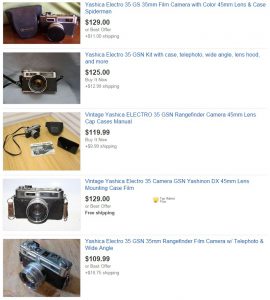
The problem with this, is that eBay has absolutely no rules about what someone can start an auction at, and many sellers have absolutely no idea what the real value is of something before listing it. If you wanted to list an old pair of smelly gym shoes with an opening bid of $10,000, you can. That doesn’t mean anyone will buy it.

In the early days of eBay, most auctions would be started cheaply, and allowed to go as high as someone bid it up to. These days, cameras worth very little have high starting prices, sometimes ridiculously high. Simply going off the asking prices you see when searching for something on eBay is not a realistic way of appraising your camera.
Any price without an actual bid is worthless. Buy It Now prices are usually even worse. Sellers think that by setting a ridiculously high Buy It Now price will somehow entice some crazy person to buy it for instant gratification without any regard to the true value of the item.
In order to use eBay for a realistic appraisal of your item, you must check the “Sold listings” box in the search options on the left side of the screen. This will limit your search to only auctions where someone either agreed to the Buy it Now price, or bid up to that amount. Going off auctions where someone really paid an amount is a much better way to get an idea of the value of something.
Looking at the list of sold listings only tells you part of the story. If the item you are searching for is something common, you’ll find quite a few sold auctions with prices that vary all over the place. The example I am using is for a Yashica Electro 35 rangefinder camera which is a model that is very common and usually goes for pretty low prices. As I type this article, I did a search and see sold prices as low as $0.99, all the way up to $169.00 with free shipping in the US.
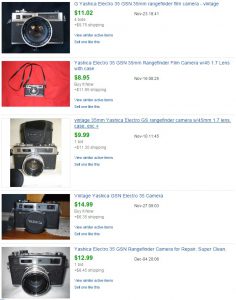
Why would someone pay $169 and someone else pay $1 for the same camera? In statistics, there is a term for this called “outlier”. An outlier is an observation point that is distant (either high or low) from other observations. Meaning that the most extreme highs and lows are outliers. Why something becomes an outlier can be for multiple reasons. Perhaps the seller listed the opening price way too low, and someone jumped on it, or perhaps someone listed a price way too high and that one person in the whole world was online at the perfect right time and bought something for considerably more than what it was worth.
As a general rule, when looking at the whole list of sold listings on eBay, its safe to eliminate the highest and lowest values you find. In most cases, if you were trying to sell your Yashica Electro, you should expect to get more than $1, but nowhere near $169 for it. It’s true value is somewhere in between.
Getting to that “true value” is tricky because as I’ve observed many times in appraisals of old cameras, there are often 3 prices for something. They are:
The above graphic illustrates the 3 different kinds of prices that you will often see when appraising something like a camera. I see many people ask questions on vintage collector groups or in forums asking this question “What is my camera worth”, and often the people who respond genuinely are trying to be honest, but if they’re not willing to give you that amount of money, then what good is their estimate?
The only price that really matters is what you’ll actually get for the camera if you attempt to sell it. I’ll go back to using eBay to come up with this price, but in order to do that, you have to consider many variables, the simplest two are the camera’s condition, and if it works.
There are other variables that affect how much a camera can go for. Look at the following chart for things that will have a positive or negative impact on the selling price of a camera.
When looking at the prices of sold listings and trying to determine where in that range your camera is worth, you should look at all of the variables above. For every green variable that is true about your camera, you can go towards the higher value, but for every red variable that is true, you need to bring your price back down.
These variables are certainly important, but hands down, the single most important variable in my opinion is in the effort put by the seller in the auction.
Im not tested this camera, because im not expert in this type of camera, so doest (sic) not exist film for this cam. Is centairly (sic) a collectible. Please also take the time to zoom into our pictures to see all the details. However if you have any questions please feel free to ask.
The above description is from an actual eBay listing for a Kodak 8mm camera. Grammatical and spelling errors aside, the seller put practically no effort into telling us anything about the camera. Even if he or she wasn’t an “expert”, any person can fiddle with a camera for 5 minutes and discover if the knobs turn, if the lenses and viewfinders are clear, and give a general description of the condition of the camera.
If however, someone takes the time to put some meaningful information into their auction and some quality pictures like the one above, you can reasonably expect the prices to go quite a bit higher.
The point is, there are many variables which can impact the selling price of a camera. This is important when appraising what you have, because you should attempt to match the conditions of the sold auctions with what you are trying to sell.
So, with all of this information, how do we determine if our Yashica Electro is worth $1 or $169? If your Electro was discovered in your aunt’s closet after she passed away and its in nice shape, but you dont have a battery to test it, and you don’t know if it works, I would say somewhere in the $10 – $20 range. If you are willing to wipe down the camera, get the proper battery, and throw a roll of film through it and can tell the buyer that it is in good working condition, you just increased the value of that camera to maybe $50 – $60. If you are a professional camera dealer and have performed a complete CLA (Clean, Lube, Adjust) of the camera and offer a guarantee, you might get closer to that top price of $169.
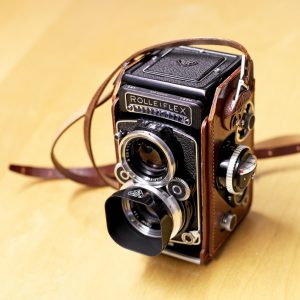
These guidelines are true of any camera, not just the Yashica Electro. There are certain brands and models that consistently go for high prices. One such example is the Rolleiflex 2.8F. In near-mint condition, these cameras can sell for over $1000. In average condition, expect to pay $500-$600, and in parts condition they still fetch well over $200. The thing is, very few cameras are worth the same as the Rolleiflex 2.8F.
Cameras should never be bought as an investment (unless its the Rolleiflex 2.8F to the left), they should be used, so I’ll leave you with one other piece of advice and that is, maybe you shouldn’t sell it at all.
Cameras were invented to make photographs and capture memories. A unique thing about film cameras is that many of them still accomplish their intended function just as good as the day they were made. If you consider that the film we can buy today is sharper, clearer, and more vibrant than the films from the early 20th century, you could say that a 70 year old camera is actually BETTER today than it was when it was new. Sure, sometimes they need a bit of cleaning, or even some tinkering to restore full functionality, but with sites like mine and the massive amount of information already out on the Internet, you should have no problem bringing most cameras back to life with just a few basic tools and a little bit of patience.
When I first became re-interested in film cameras, I never imagined my collection would grow like it has, but this is a wonderful hobby, and the vast amount of variety that’s out there is truly spectacular. So perhaps the value of that camera that used to belong to your grandfather is worth far more than any currency. If your grandfather is still alive, ask him to show you how to use it. If he’s not, learn about that model, clean it up, and shoot with it. Step into his, or the original owner’s shoes and make some new photographs. Perhaps you’ll find that the value of that camera is much higher than you ever could have imagined!


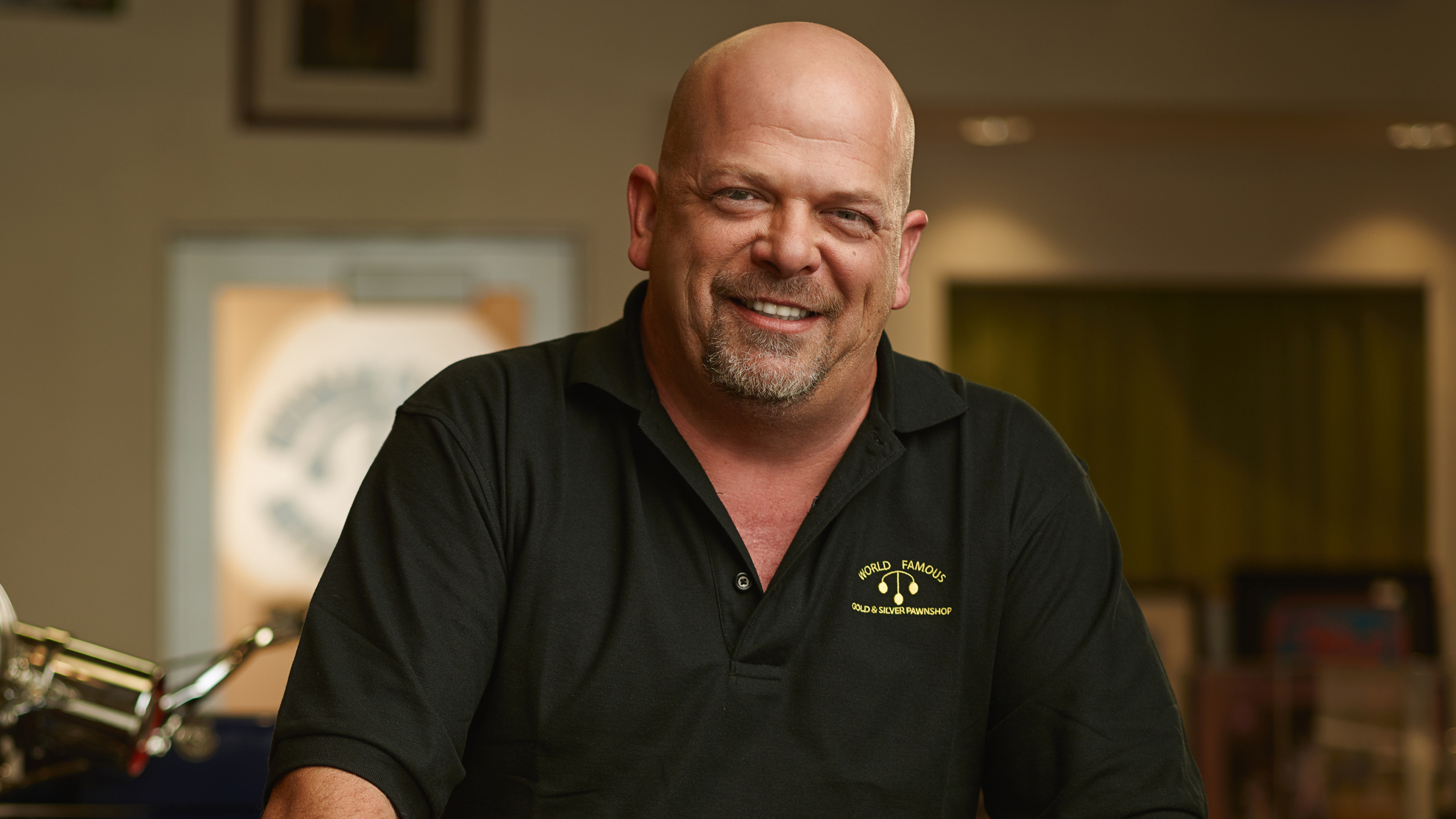


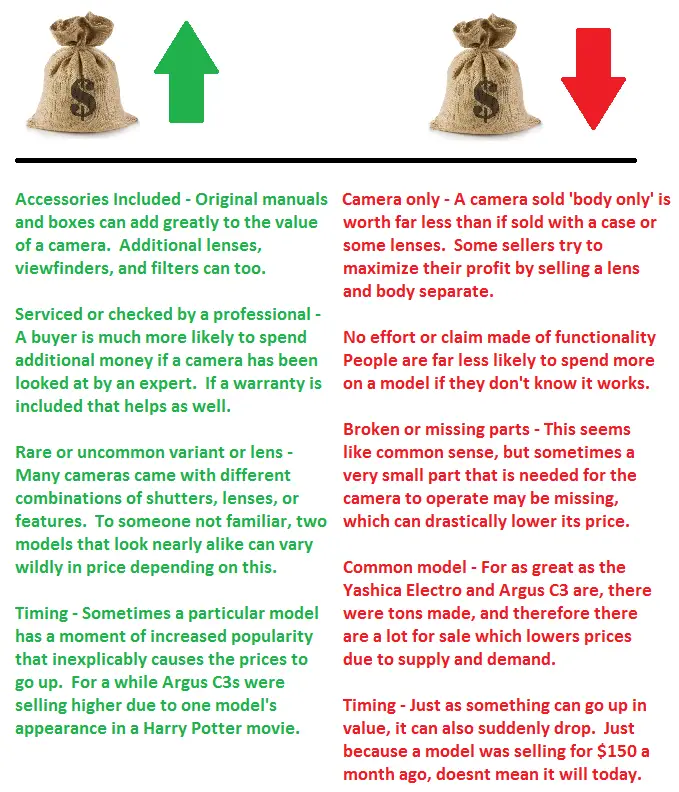
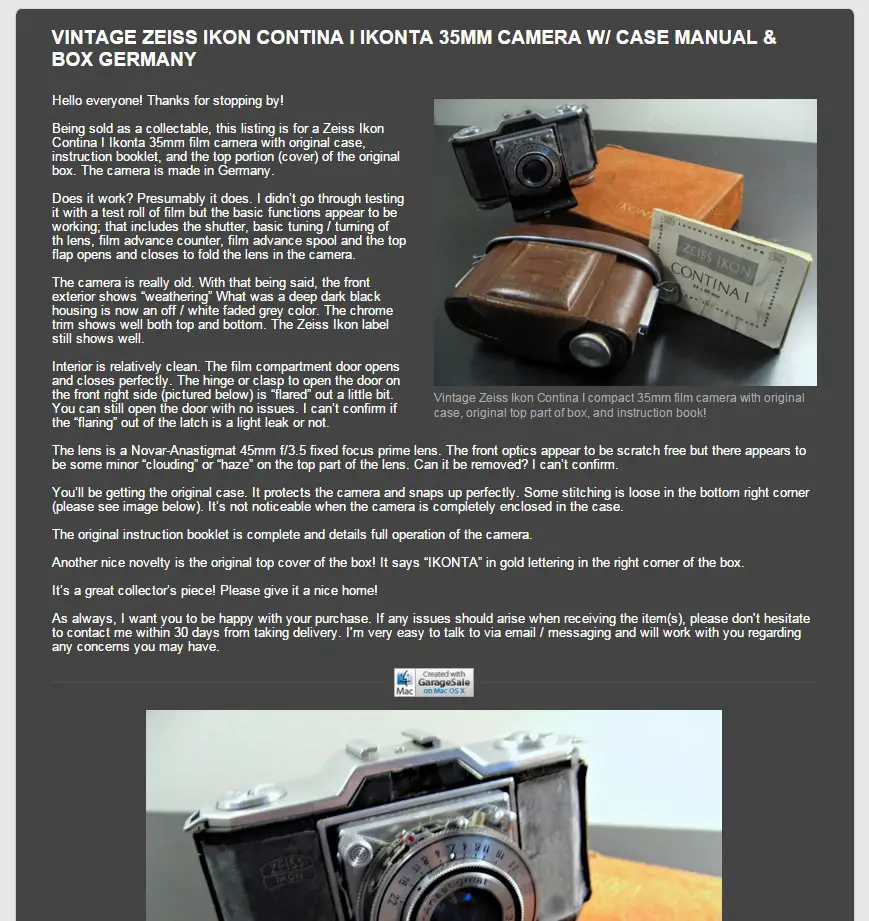
Good advice. I have many Used Cameras and I can take beautiful pictures with any of them. I have thinned out my crowed shelves, but my cold dead hands will still be clinging to my 4×5 Speed Graphic, my 2×3 Speed Graphics, My 2×3 Century graphic, my 4×5 Graphic View, my Mamiya 330f, Mamiya RZ, My Hasselblad 501CM, Fuji 690, Nikon F2 Photomic, F3, N90s, Zone VI 4×5, my large format barrel lenses, my large format Kodak lenses, my large format Schneider, Nikor, Fuji, Rodenstock, Zeiss, my . . . well all that
great advice. The only thing I’m curious about is how you value your camera collection for insurance. Do you use the same principle? My camera collection started as wanting to be able to use old cameras but has significantly increased in numbers that one of my friends told me I should consider insuring them
Thats a good question, and as I work for an insurance company, I can tell you that the most important thing with coming up with a value of collector’s items like cameras is that you have to consider what it would cost to replace each item. If you had a modern DSLR, the replacement value would be whatever Best Buy or some other retailer charges for a new one. With old cameras, its not so easy because they’re no longer made. The most important thing to consider is coming up with a price thats high enough to cover actually replacing your collection, but not so high that you are paying unnecessarily high premiums. The insurance company will charge you a higher premium the higher your collection is valuated at.
People often call in this trap when insuring jewelry. They’ll get a “deal” on an engagement ring that the jewelry store says is worth one price, but you actually paid far less. It might be impressive to tell your friends “This ring is worth $5000”, but if you only paid $2500 for it, then you should insure it at $2500, and not $5000, otherwise you’re paying a premium thats higher than what the item could be replaced at. And if you think the insurance company is going to just cut you a check for $5000 for your $2500 ring, you’ve got another thing coming. Insurance companies aren’t stupid, they know what things are worth too.
So, like everything, theres no simple answer to your question. The best advice I can give you is to take good pictures of every item in your collection. Record model numbers and serial numbers in a spreadsheet or something. Talk to your insurance agent and bring with you the pictures and the spreadsheet and come up with a value that works for you.
Awesome insider advice here, Mike!
Thanks for all of the comments, Johnny!
I agree with you, it can be depressing seeing what little value there is in these cameras. While we’re in the midst of a gentle rising of used camera prices over the past couple of years, how long will it last. Will they bottom out again in another 5-10 years?
Since I started collecting, my GAS went unchecked and I bought almost everything I could find. As I’ve gotten a chance to use a huge number of cameras, I have the luxury of knowing what I like, and that means selling off lots of the stuff I’ll never use again and whittling down my collection to my favorites!
And in regards to your post office speed, take your time, but that IVSb is one of my favorites, so don’t make me hunt you down! 🙂
I enjoyed reading this article. Thank you very much for taking the time to share your insight, experience, knowledge base, and love of photography. I share your words with others in my community in hopes of spreading your good work. All the best – Luis
This was a well written and intelligent article. As a.professional camera repairer of over 45 years and was, my term is up, President of the Camera Heritage Museum I too get this question and my answer is very similar to yours.
Presently I am in the process of selling a camera collection for a friend. Unfortunately he bought when the price was high and without a lot of consideration of price. Now he finds the true value of his collection is about 50% what he paid which is well over $300K.
Value of anything is what someone will pay.
Enjoyed the article as usual. Something else to watch with eBay is the shipment charges. They can be all over the place and also distort the actual price listed. An extra $5 or $8 added to a low price can change the true value.
Definitely important to check shipping costs. The problem is that shipping prices keep going up and now users must shoulder local taxes on eBay. So it’s become expensive to sell cheaper items there. Even a $5 35mm SLR and lens can end up costing $20-$25 in shipping, taxes and eBay fees. So why bother selling a camera for $5 if that’s the case? Not to mention the threat of negative feedback.
that depends on what you are having shipped. i recently got TOTALLY HOSED on shipping a (VERY expensive) camera from europe, but i did not mind because i was getting SUCH a great price on the camera!
I was just thinking about this subject recently as I’m frustrated trying to find good homes for cameras I don’t use anymore. I don’t want to trash them but I also don’t want to pay people to take them off my hands, which is essentially what one is doing when selling or giving them after shipping and listing fees are paid. I love the idea of people just holding onto their cameras and continuing to make use of them due to their often low monetary but high usability value. I usually end evaluations with that comment for non-photographic folks who email me with just the question your article began with. But I am positive that maybe 5% of the people asking this question actually do that.
So for me personally, I have totally given up buying anything that is cheap that I don’t expect to use frequently. It’s just too depressing to see how little so many great cameras and lenses are worth now simply due to supply and demand. Something like a Pentax K1000 cannot even be made today for less than a couple thousand dollars retail. Yet they often trade hands for less than $50 now and further prevent any new film cameras from being made!
On the other hand, I enjoy investing in quality items that I expect to hold or increase value but will also be used by me in the meantime. I know you say not to to expect investment but after doing this for 20 years I do see that Leica cameras, lenses and accessories as well as many other German accessories like hoods and clip-on rangefinders hold value well. Particularly when boxed or kept in good shape. Even Japanese cameras, lenses and accessories that are popular but remain in lower supply seem to hold and sometimes increase value (though usually not as dramatically.) So these are the only items I buy now.
I used to love Yashica rangefinders like the Electro which you mentioned but every one I bought cost much more to service and then could ever be resold at what I’d spent on it. I hate to imagine my kids having to riffle through all this unsellable junk after I die and I hate to waste my time driving to the post office to make a mere $5 or $10 off them. And Mike, you know how terrible I am about making it to the post office 😉
Good article, thanks!
It’s bad advice, except if you are actually trying to sell on eBay. But most people aren’t. Most people would rather sell locally without all the potential hassle and risk and cost.
There is a very good chance that, the seller will overlook some small, invisible detail that will not be visible on a photo and they don’t have the knowledge to check. The buyer will be in his good right to send the camera back at the sellers expense.
Trouble is eBay has become the global price pusher, and greedy indifferent inheritor/closet finders “price guide”.
Ebay prices are almost always at least fifty percent over what they should be. And often several hundred percent, because there will always be someone in Dubai, Cleveland, Denmark etc. crazy/stupid enough to pay any price, at least initially until they receive the product.
That shouldn’t reflect on the local used markets.
Articles like this help perpetrate that myth of eBay as a global price catalog (if the seller is charitable minus twenty percent).
Apart from people getting greedy and people paying way too much for old gear (that could potentially develop a fault at any moment), it also helps inflates bubble.
Hot air balloons like we are seeing them right now WRT camera prices.
Helge, thanks for the reply. You do make a few good points. Of course eBay is not the only option for selling a camera, especially out of the United States, but it is a GOOD option and it’s one a lot of people use so to dismiss it as a tool for evaluating the price of a camera is shortsighted.
While I absolutely agree with you that the asking prices on eBay are 50% (or sometimes way more) higher than they should be, I am only referring to Sold prices. If someone is willing to pay XX amount of dollars for a camera, then it’s likely someone else will too. The intent of the article is to help people come up with a price for what an old camera is worth, and reaching a user base of millions all over the world and seeing the prices they have actually paid is a pretty good option if you ask me.
In regards to the high prices people are paying for old cameras, are they really that high? When taking into account inflation, popular cameras like Leicas and Rolleiflexes are still quite a bit cheaper than they were when they were new. Cameras less in demand like the Minolta Autocord, Yashica Lynx, or even the Nikon L35AF can be purchases for fractions of their actual worth.
Prices on eBay have climbed in the last 5 or so years, but remember, they absolutely plummeted in the decade and a half prior. I still regularly find tremendous bargains on cameras that I likely wouldn’t have been able to afford 20 years ago.
So, like I said, of course eBay isn’t the only option, and depending on where you are located, there might even be a better option, but it’s still an option, and for the unknowledgeable beginner that this article is intended for, it’s an excellent starting point.
Simple. There is one source that is constantly updated to show actual market prices. Camdex.ca.